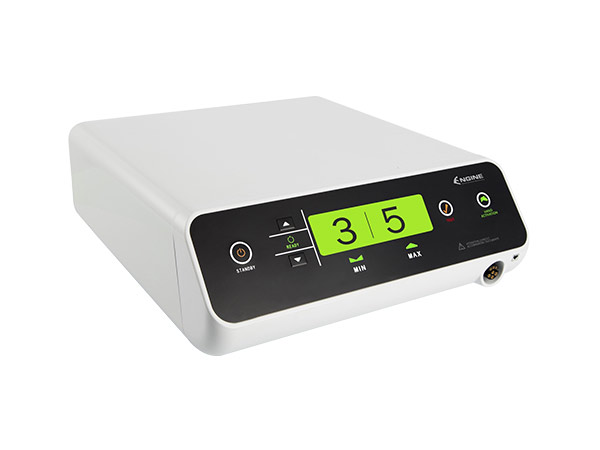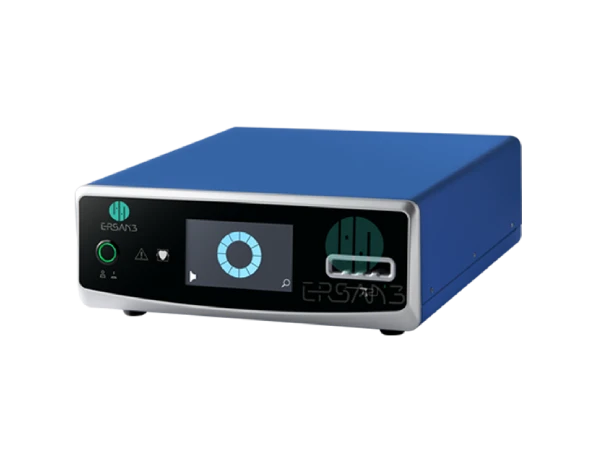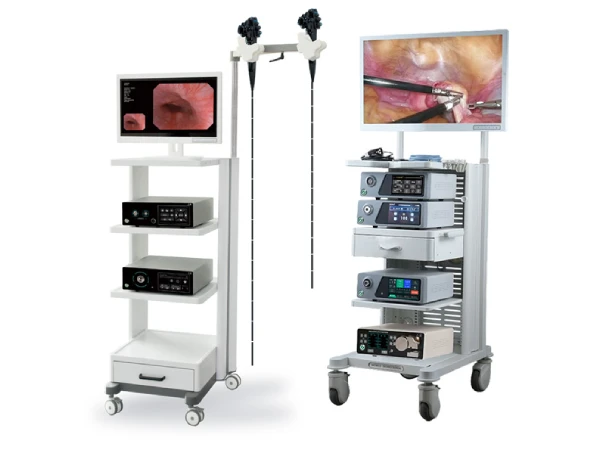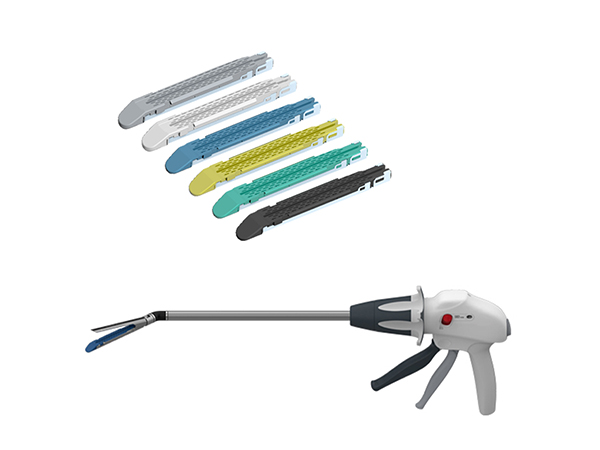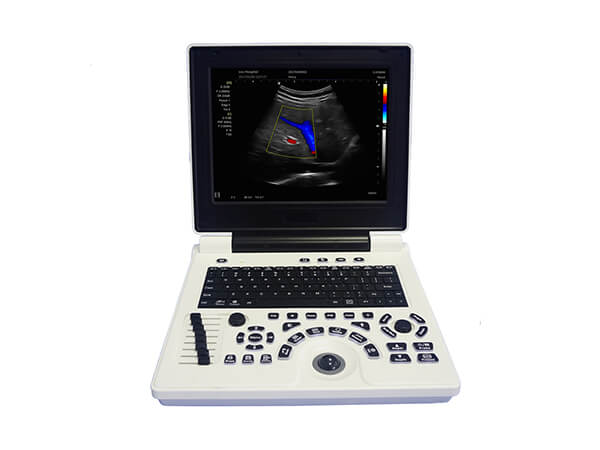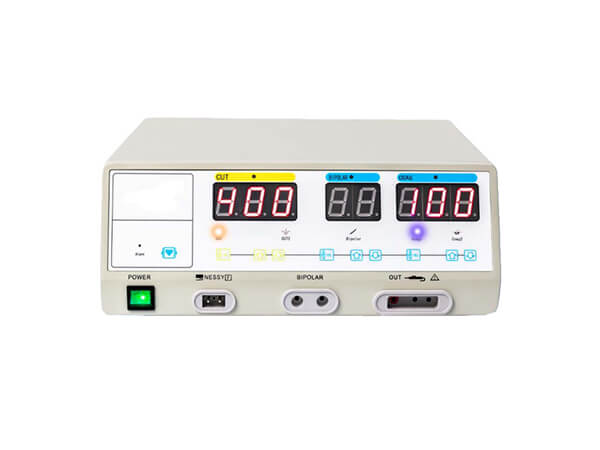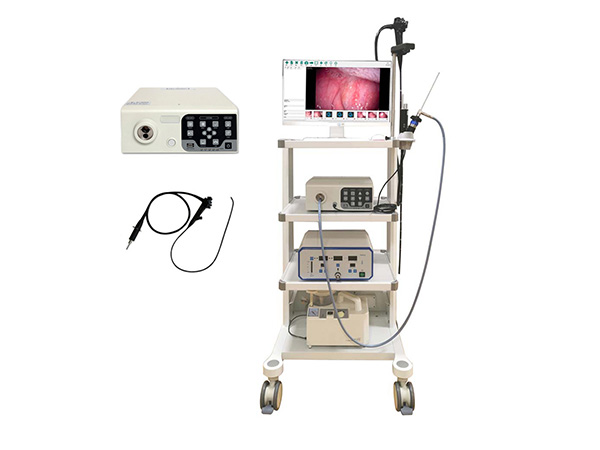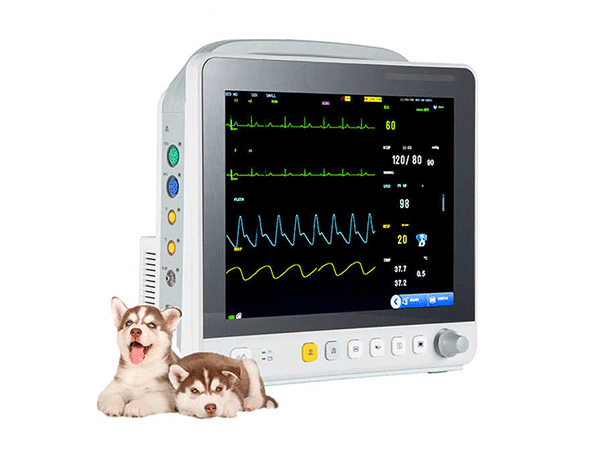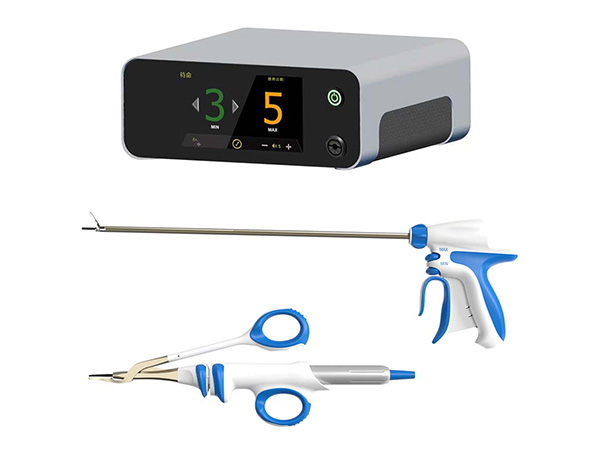Endoscope Systems Composition, Installation, and Clinical Applications
Endoscopes are advanced medical devices that integrate traditional optics, ergonomics, precision mechanics, modern electronics, mathematics, and software. They play a crucial role in healthcare. This article offers an in-depth look at their components, installation process, and clinical applications.
Components of Endoscope Systems
Endoscope systems primarily consist of three key systems:
Endoscope System: Comprises a handle and shaft. The shaft includes lenses, image transmission elements, eyepieces, illumination components, and auxiliary elements.
Imaging System: Features CCD/CMOS image sensors, a display, computer, and image processor. It converts optical signals from the endoscope into digital images for display.
Illumination System: Consists of a light source and fiber optics for surgical site illumination. Cold light sources like LED are commonly used.
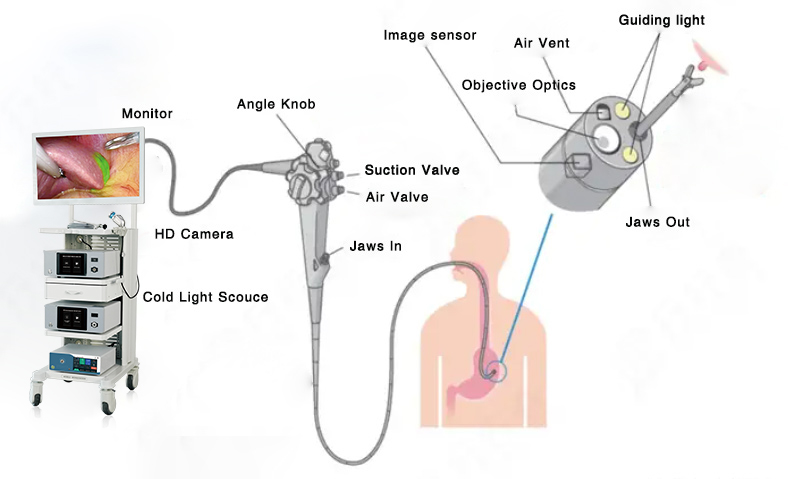
Installation Steps for Endoscope Systems
Strictly follow the operation manual for installation:
Assemble the Endoscope System: Connect the handle and shaft securely
Connect the Imaging System:
Link the endoscope camera to the endoscope via an optical interface.
Connect the camera to the image processor.
Connect the processor to the display.
Connect the Illumination System:
Attach the light source to the endoscope's fiber optics.
Adjust light intensity to ensure adequate surgical site illumination.
Install Accessories: Securely attach aspiration bottles, insufflation tubes, etc., as needed.
System Testing: Power on and verify all components are functioning correctly. Optimize parameters for best performance.
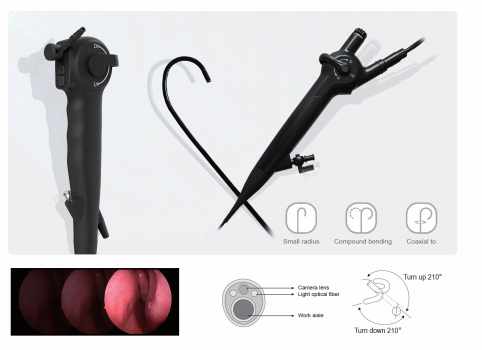
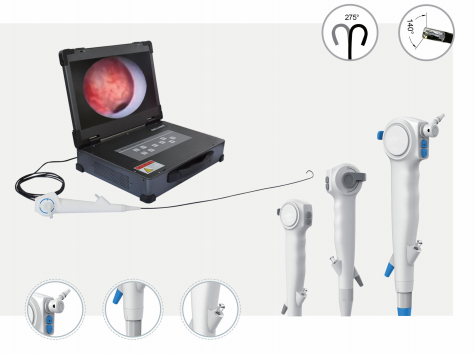
Clinical Applications of Endoscopes
Endoscopes are widely used across various departments due to their versatility and precision:
General Surgery: For laparoscopy, thoracoscopy, arthroscopy, etc., to examine and treat abdominal, thoracic, and joint lesions.
Urology: Using cystoscopes, ureteroscopes, and percutaneous nephroscopes for urinary system diagnosis and treatment.
Otorhinolaryngology (ENT): For examining and treating ear, nose, and throat conditions with instruments like otoscopes, nasal endoscopes, and laryngoscopes.
Gynecology: For diagnosing and treating gynecological conditions via hysteroscopy and laparoscopy
Orthopedics: For diagnosing and treating joint diseases with arthroscopy.
Gastroenterology: For examining gastrointestinal and respiratory diseases using gastroscopes, colonoscopes, and bronchoscopes.
Neurosurgery: For brain disease diagnosis and treatment with neuroendoscopy.
Endoscope systems are indispensable in modern healthcare. Their sophisticated design and powerful functionality provide doctors with clear surgical views and precise control. Proper installation and use of endoscope systems are vital for surgical success and patient recovery. As technology advances, endoscopes will continue to play a pivotal role in healthcare. You can watch 233 Medical's video to learn how to install endoscope systems.
YTB: https://www.youtube.com/watch?v=1uLWodw1_Cc

